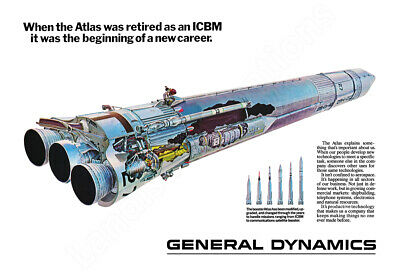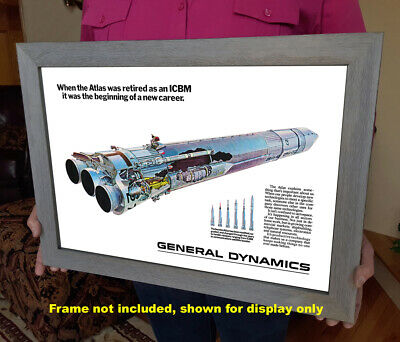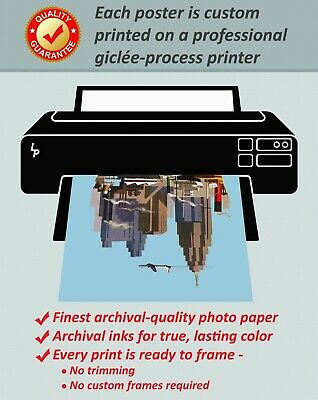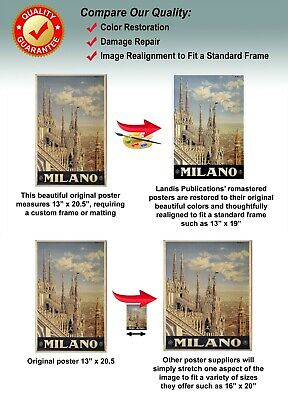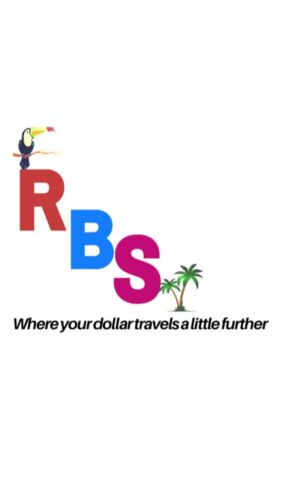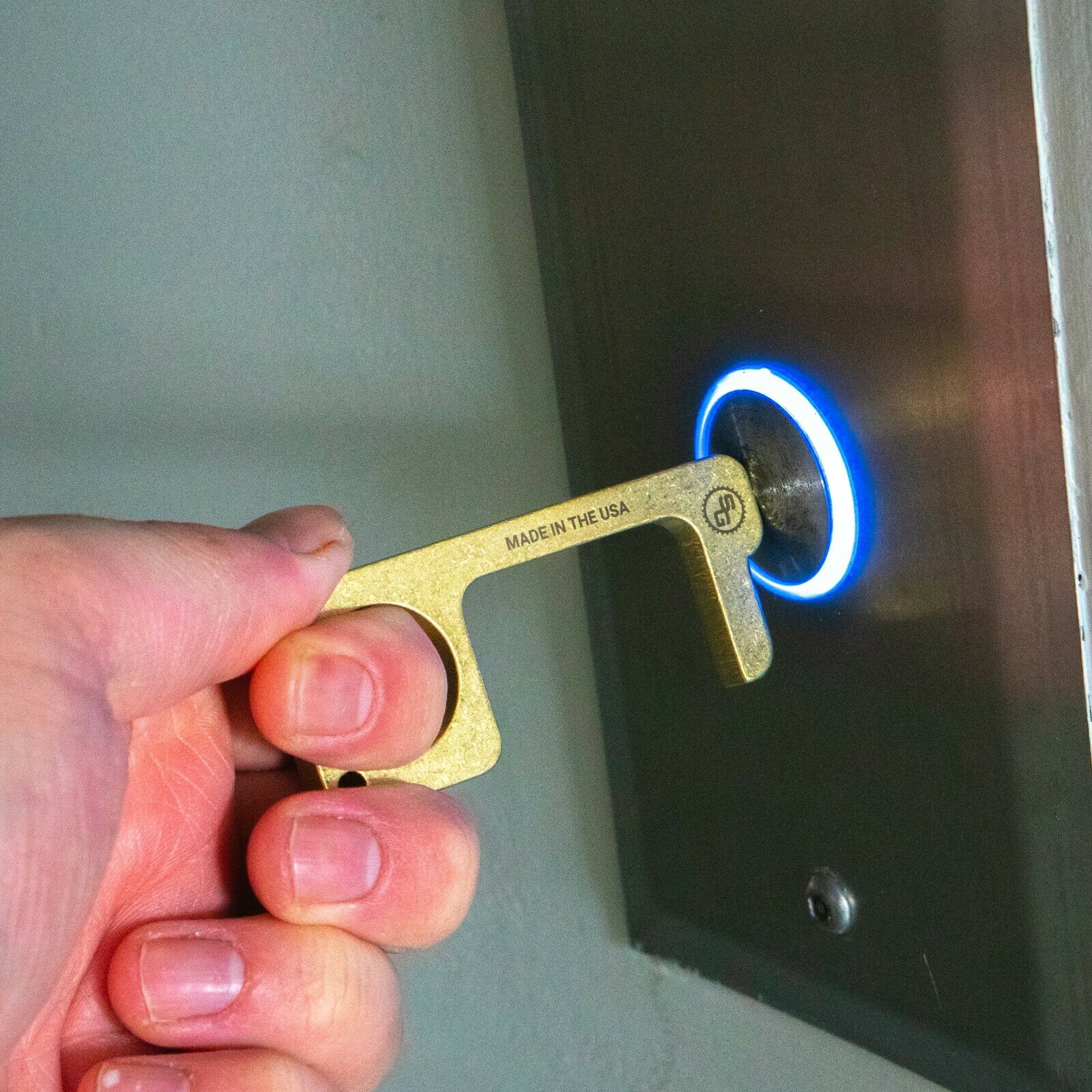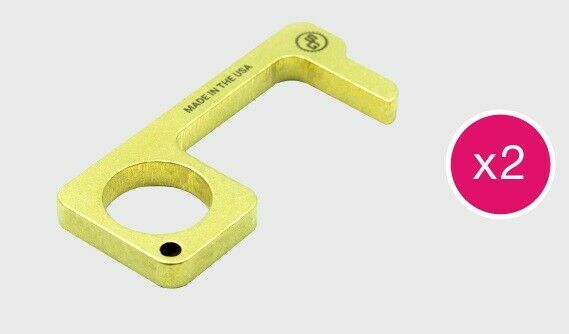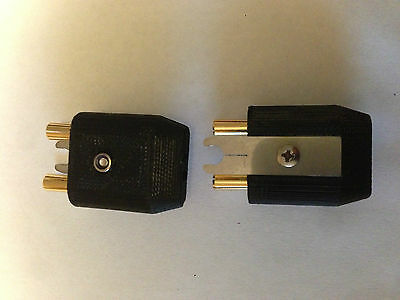-40%
Atlas Rocket Booster - General Dynamics 1971 Vintage Advertising Poster
$ 10.53
- Description
- Size Guide
Description
These are simply the best posters available! You will be thrilled with the image quality, vivid colors, fine paper, and unique subjects. This is original advertising artwork that has been transformed into a beautiful poster - available exclusively from Landis Publications.OUR POSTERS ARE SIZED FOR STANDARD OFF-THE-SHELF FRAMES, WITH NO CUSTOM FRAMING REQUIRED, PROVIDING HUGE COST SAVINGS!
This beautiful reproduction poster has been re-mastered from a 1971 advertisement for General Dynamic’s Atlas booster rocket that was used for a wide variety of missions from ICBM’s to manned space missions and satellite launches.
The vibrant colors and detail of this classic image have been painstakingly brought back to life to preserve a great piece of history.
The high-resolution image is printed on heavy archival photo paper, on a large-format, professional giclée process printer. The poster is shipped in a rigid cardboard tube, and is ready for framing.
The 13"x19" format is an excellent image size that looks great as a stand-alone piece of art, or as a grouped visual statement. These posters require
no cutting, trimming, or custom framing
, and a wide variety of 13"x19" frames are readily available at your local craft or hobby retailer, and online.
A great vintage print for your home, shop, or business!
HISTORY OF THE ATLAS ROCKET BOOSTER
Atlas is a family of US missiles and space launch vehicles that originated with the SM-65 Atlas. The Atlas intercontinental ballistic missile (ICBM) program was initiated in the late 1950s under the Convair Division of General Dynamics. Atlas was a liquid propellant rocket burning RP-1 fuel with liquid oxygen in three engines configured in an unusual "stage-and-a-half" or "parallel staging" design: two outboard booster engines were jettisoned along with supporting structures during ascent, while the center sustainer engine, propellant tanks and other structural elements remained connected through propellant depletion and engine shutdown.
The Atlas name was originally proposed by Karel Bossart and his design team working at Convair on project MX-1593. Using the name of a mighty titan from Greek mythology reflected the missile's place as the biggest and most powerful at the time. It also reflected the parent company of Convair, the Atlas Corporation.
The missiles saw only brief ICBM service, and the last squadron was taken off operational alert in 1965. However, from 1962 to 1963 Atlas boosters launched the first four US astronauts to orbit the Earth (in contrast to the preceding two Redstone suborbital launches). The Atlas-Agena and Atlas-Centaur satellite launch vehicles were also derived directly from the original Atlas. The Atlas-Centaur was evolved into the Atlas II, various models of which were launched 63 times between 1991 and 2004. There were only six launches of the succeeding Atlas III, all between 2000 and 2005. The Atlas V is still in service, with launches planned into the 2020s.
More than 300 Atlas launches have been conducted from Cape Canaveral Air Force Station in Florida and 285 from Vandenberg Air Force Base in California.
